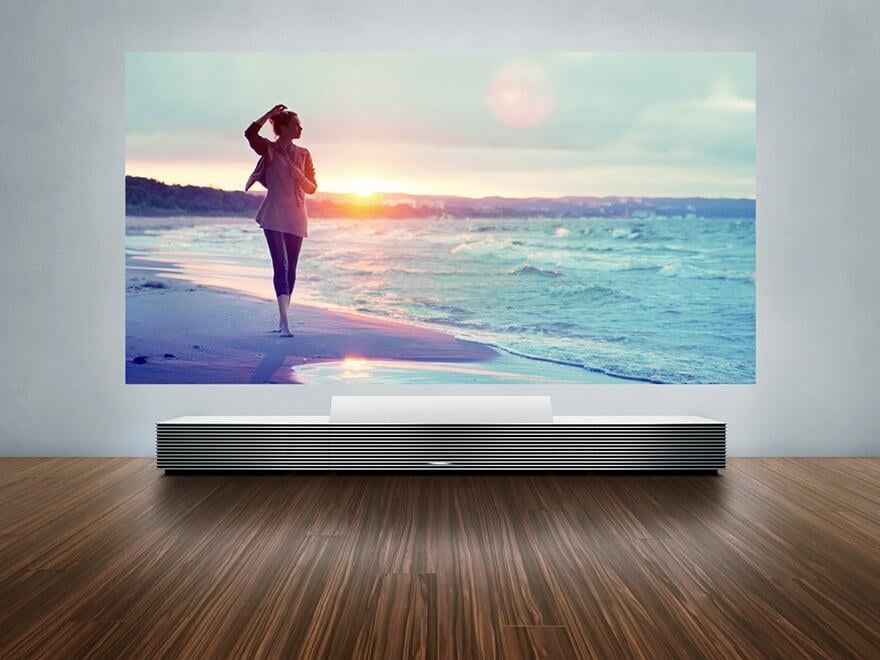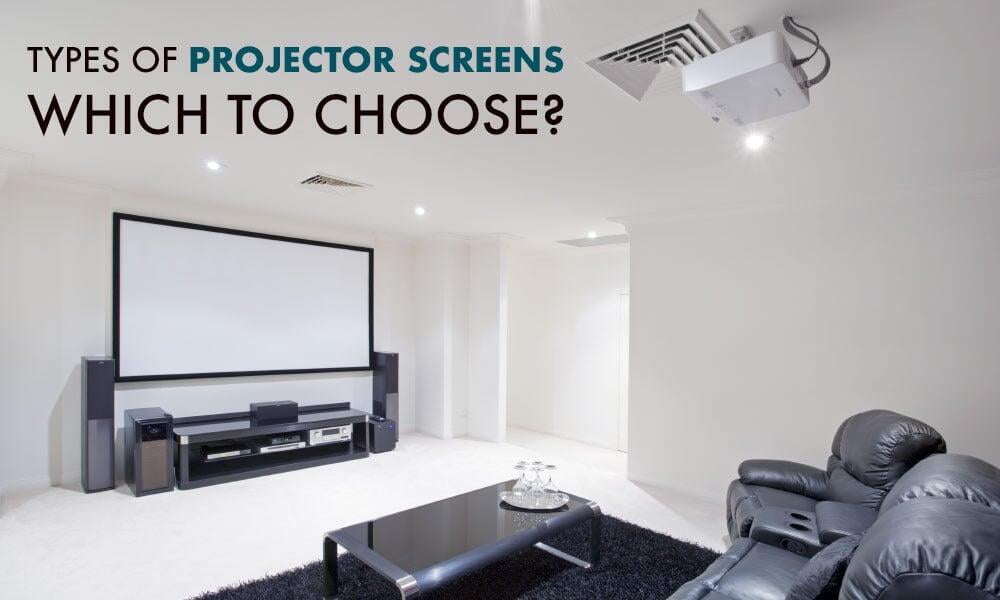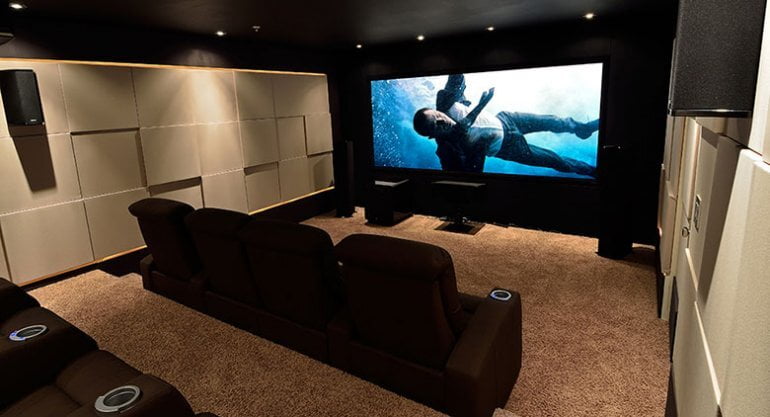Plain wall instead of a screen?
If you’ve just purchased a video projector, you may be wondering whether (or not) it’s necessary to purchase a screen as well, or if a bare white wall will suffice?
The goal is to get as clear a projected image as possible. High definition quality is key, if you want the ultimate viewing experience. Therefore, you should be aware of the difference(s) between projected images on a wall versus a screen.
What (if anything) is the difference between a screen versus a wall when using a projector? While you can use a bare wall to project images, the quality is not as good as when you use a screen. A wall does not reflect light as well as a screen, which can negatively affect the clarity of the images being projected. A wall surface is also not as smooth as a screen and can distort or blur projected images.
Now that you know there is a difference between images projected on a wall versus a screen, let’s take a closer look at this in more detail below.
We’ll discuss how they’re different and which is better. We’ll also look at which paint color is best when using a projector on a wall and if ‘projector paint’ is a good alternative. We’ll even outline how to make your own video projection ‘screen’!
So, if you’re ready to learn more about the difference(s) between a wall and a screen when using a video projector, then let’s started!

Projection on Wall Vs Screen – Which is Better?
Is a Projector Screen Better than a Wall? I would say the answer is ‘yes’, a projection screen is better than a bare wall.
A screen provides the best quality and highest definition possible. Light reflection is the key and a wall simply cannot match that of a screen. An ultra-smooth surface is what reflects light best and since most walls have flaws, cracks or bumps, projection screens are far superior in this aspect.
Projector screens also have a special coating on them which increases their light reflecting abilities. A typical wall doesn’t have this coating (unless you plan to sand it, prime it and paint it with a special ‘projector paint’ beforehand). Therefore, images projected on a bare wall, even if its white, won’t be near as clear or bright as those shown on a projector screen.

Does a Projector Screen Make a Difference?
Based on the information above, I would agree that a projector screen does indeed make a difference when it comes the quality and clarity of the images presented.
The two contributing factors which affect how a projected image appears on a wall (as opposed to a screen) include both the color and the texture of the wall. If the color of the viewing area is too dark or unreflective and the wall is bumpy or flawed, the projected image will be poor or ‘blurry’.
If you absolutely must use a wall instead of a screen, you need to ensure that it’s as smooth as possible. Taking sandpaper or a power sander to the wall will likely be necessary.
Priming the wall and then painting it with projector paint is also recommended. Outlining the projection area with a dark frame will also help. We’ll discuss this in more detail below under the subheading entitled How to Make Your Own Projection Screen.
Can You Use a White Wall for a Projector?
While you can use a white wall instead of a screen for a projector, it’s not ideal and won’t give you the best picture quality possible.
Projection screens come coated with optical enhancers that increase light reflection. A plain white wall, unless it’s painted with special projector paint, doesn’t reflect enough light to create the high definition images which are indeed possible with a projector.

